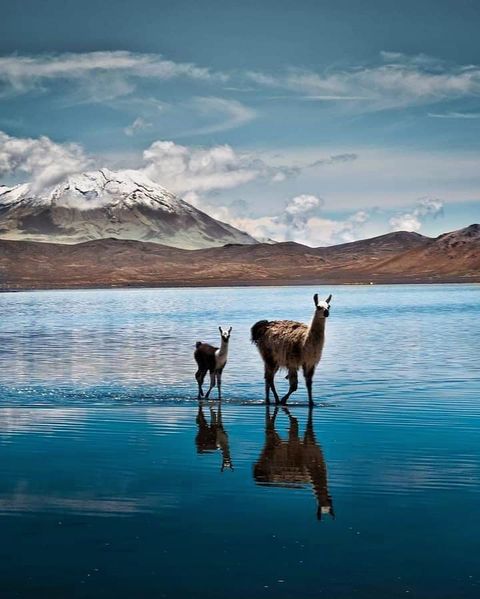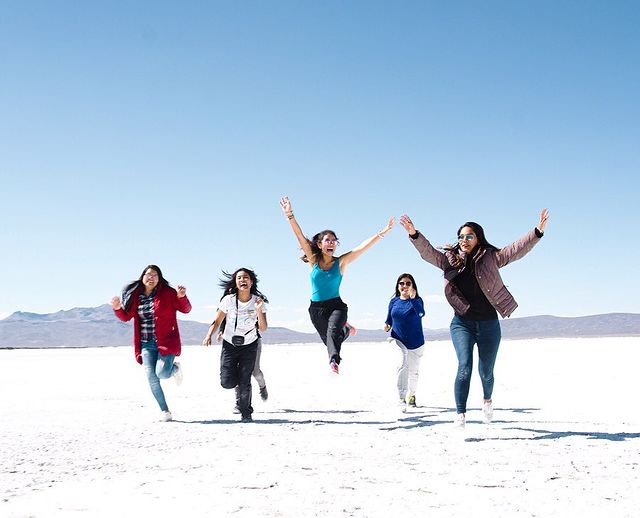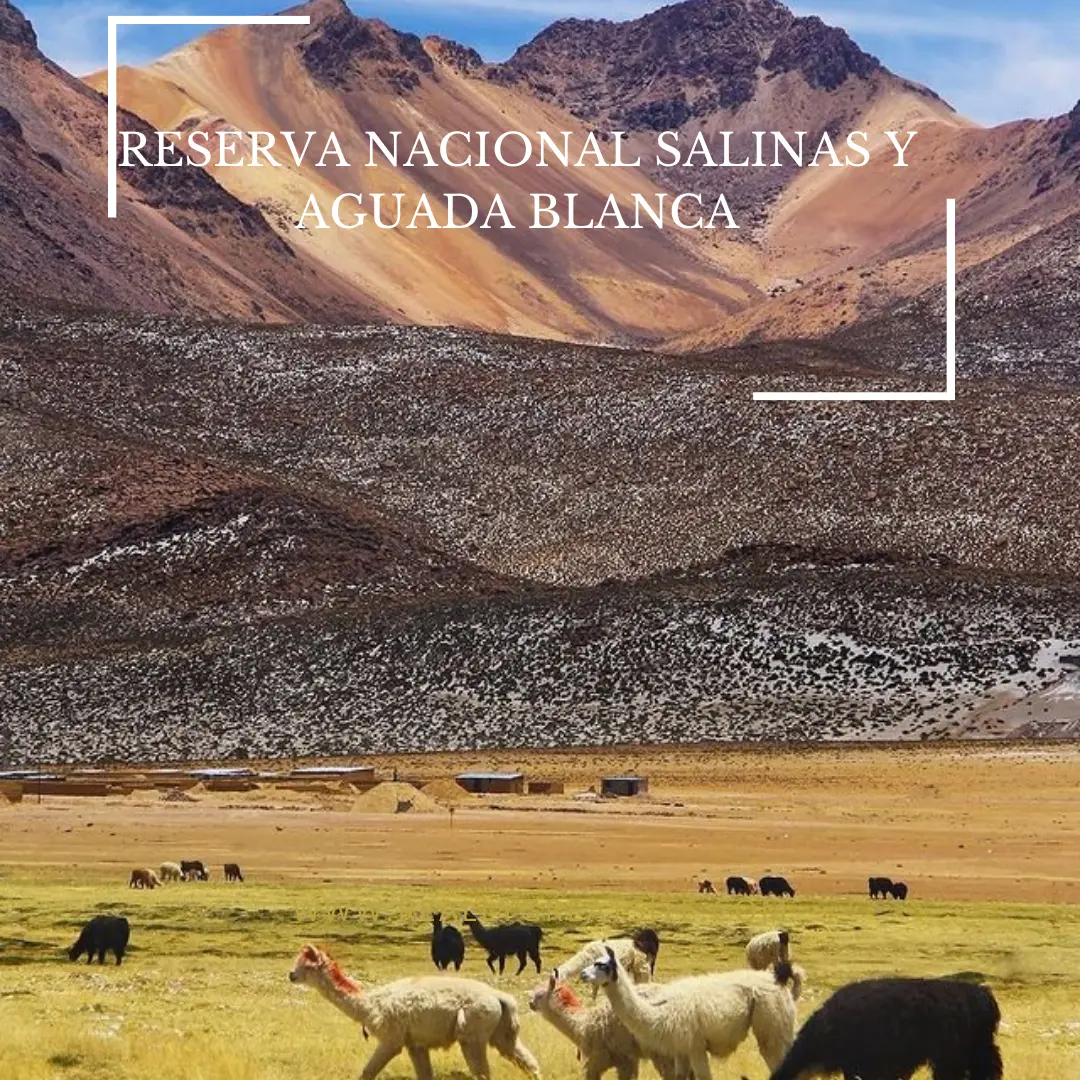CITY OF AREQUIPA
The city of Arequipa is the most populated city after Lima, it is known as the white city of Arequipa, which is hidden in the village of Nuestra Señora de la Asunta. Arequipa is guarded by the most imposing natural attraction, the Misti Volcano. In Arequipa you can practice trekking, mountaineering, canoeing or mountain biking in the Colca Valley, the Colca Canyon is one of the deepest in the world, where you can appreciate the king of the skies of the Peruvian Andes, “The Majestic Condor”.
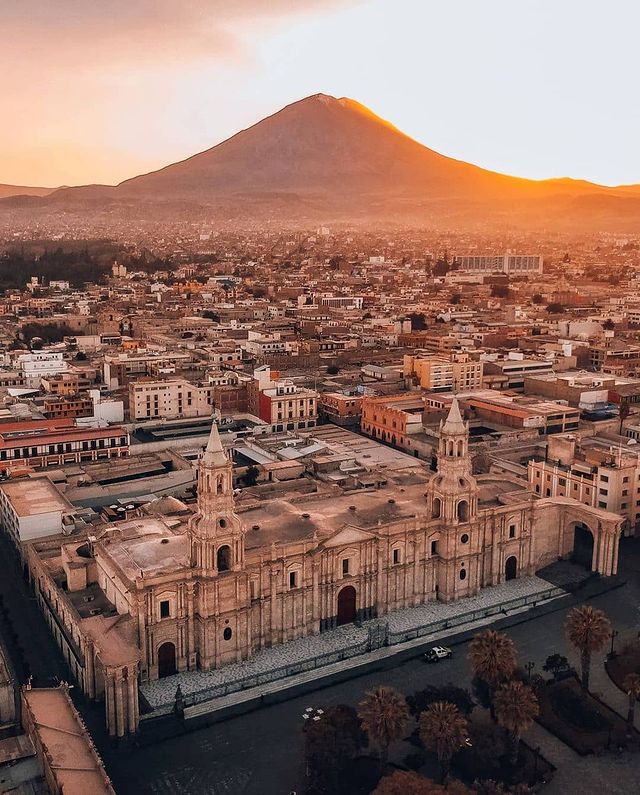
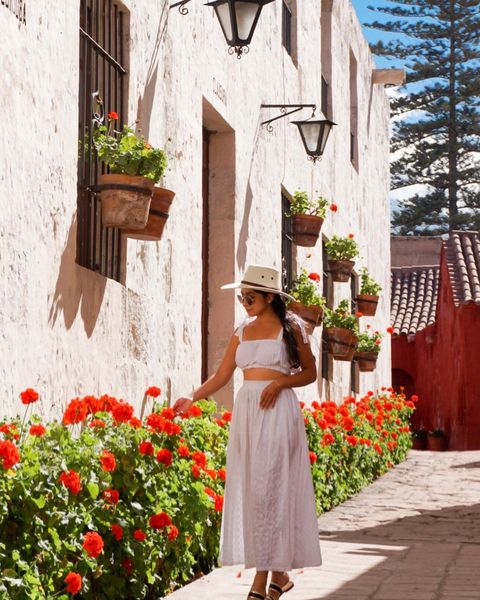
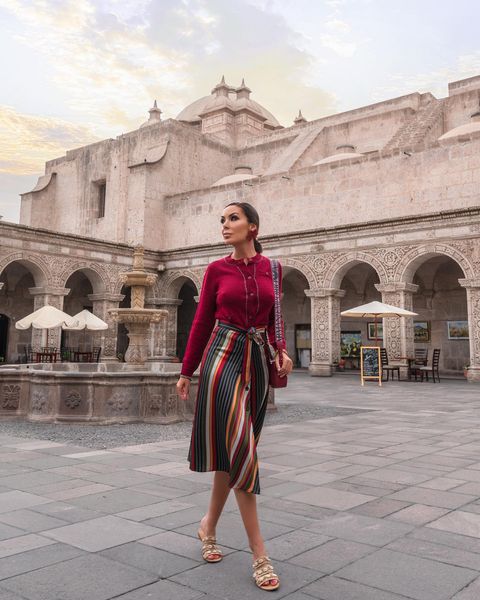
LOCATION
Arequipa is located in the South East of Peru, at an altitude of 2,332 m.a.s.l., Arequipa is bordered on the east by the departments of Puno and Moquegua. To the north with the departments of Ica, Ayacucho, Apurímac and Cusco.
HOW TO GET TO AREQUIPA?
Here we give you the two options of how to get to Arequipa.
- By air. – The city of Arequipa has the airport FAP Alfredo Rodriguez Ballon, where there are daily flights from Lima, Cusco and Juliaca (Puno).
- By land. – Arequipa is connected to the south of Peru through the Panamerican Highway South (N1), which goes south to Tacna and Chile. The distance from Lima to Arequipa by land is approximately 15 hours.
CURRENCY
Sol ( S/ ). is the official currency of Peru.
CLIMATE
The climate in Arequipa has short, arid and partly cloudy summers. During the course of the year the temperature generally varies from 9°C to 23°C and rarely drops below 7°C or rises above 25°C. The best time of year to visit Arequipa is from early April to early December.
TRANSPORT
Transport is made up of several systems. Public transport in Arequipa consists of buses, buses and taxis.
ACCOMMODATION
The best area to stay in Arequipa is the historical centre of the city. Where the Plaza de Armas of Arequipa is located next to the Cathedral of Arequipa.
WHAT TO DO IN AREQUIPA
1.-Plaza de Armas – Historical Centre
The city of Arequipa, has a historic centre with white volcanic stone buildings, the Plaza de Armas is surrounded by churches, museums, hotels and restaurants on the terrace, among which we have.
- The monastery of Santa Catalina. – The monastery has red walls, which were generated by the pigments that were in fashion at the time when the decoration of the convent was carried out. It is said that in ancient times it was a centre for nuns where the streets are perfectly delimited, the superior nuns lived on one side of the convent while the novices lived on the other.
- The Cathedral of Arequipa. – Inside the Cathedral of Arequipa, you will find pieces of gold work, ornaments, paintings and a visit to the bell tower of the Cathedral, from where you will be able to see the city and the volcanoes.
- The church of La Compañía. – The church was built in 1578, which collapsed in the earthquake of 1582. Years later the second construction of the church began, with the same plans as the first one, after which it had two more collapses and reconstructions, so that in 1960. By the Jesuits for religious purposes as well as for housing.
- Complex of San Francisco de Asís. -It was built in the XVI century, it is located near the Plaza de Armas of the White City. On its exterior walls there are figures of the Immaculate Conception, San Francisco de Asis and Santo Domingo de Guzman carved in relief.
- The museum of the Andean Sanctuaries and the Juanita Mummy. -The museum of the Andean Sanctuaries is one of the main museums in the region of Arequipa, which is administered by the Catholic University Santa Maria. In which the body of “Juanita, the girl of Ampato” is found, the one that comes from the snowy Ampato, whose discovery took place between 1993 -1994 finding her with her offerings and funerary trousseau.
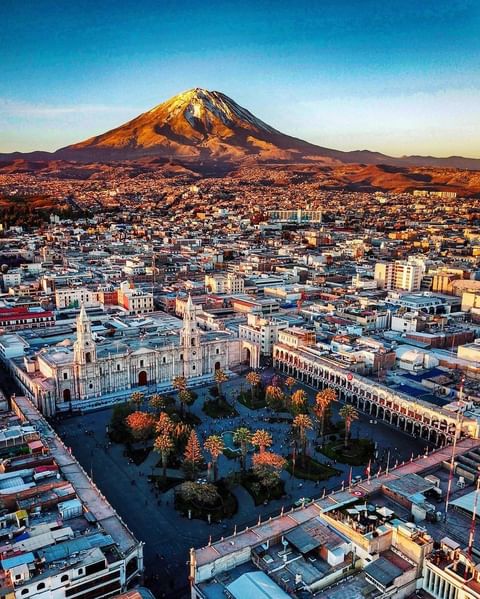
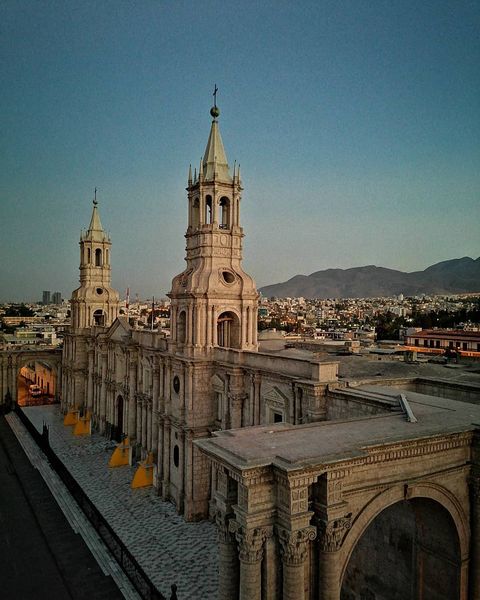
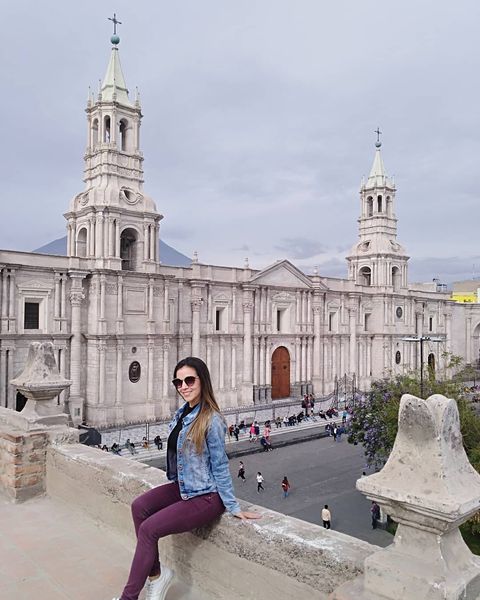
2.-Viewpoints in Arequipa
2.-Viewpoints in Arequipa
The city has in its surroundings different amazing natural landscapes, imposing volcanoes and a beautiful architecture, for this reason the existence of the viewpoints in Arequipa. Among the main ones we have.
- Mirador de Yanahuara .- It is the best known viewpoint of Arequipa is located in the district of Yanahuara, from there you have a privileged view of the city and the volcano Misti, its construction has 9 arches that have written phrases dedicated to the city and the Arequipeños.
- Mirador de Sachaca .- It is perhaps the most ideal option to see beautiful places like the 3 volcanoes that the city has, El Misti, El Chachani and Pichu Pichu. The viewpoint has a structure formed by five floors on a hill.
- La Rinconada viewpoint. – The viewpoint La Rinconada, is located in the town of Carmen Alto, it is 6 kilometres from the Plaza de Armas of Arequipa, in the place you can also be captivated by the presence of Llamas and Alpacas.
- Viewpoint of Patapampa .- In this viewpoint we will be able to observe and appreciate snow-capped peaks such as the Walka Walka, the Ampato and the Sabancaya. In the place we will also find rock formations known as apachetas.
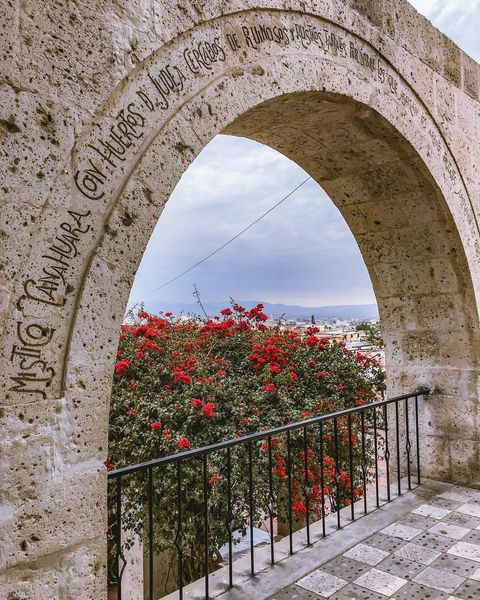
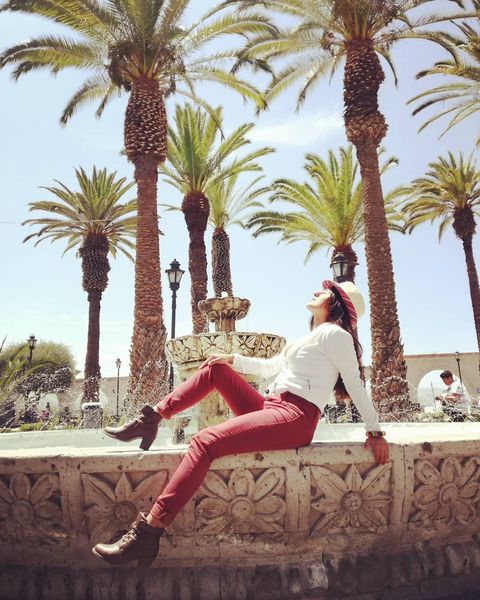

3.- The Colca Canyon
It is located in the Colca Valley, it is one of the most visited places in the region of Arequipa and Peru. In the Colca Canyon you can practice trekking and rafting or mountain biking, and you can see the amazing scenery full of vegetation, until you reach one of the highest points of the Colca, where from a viewpoint tourists are expectant to the appearances of the majestic condors, which are the largest Andean birds in the world.
The villages of Sibayo, Yanque, Callalli and Coporaque are located in the Colca Canyon. These villages have ancestral customs, friendly residents and a lifestyle inherited from their ancestors. They offer accommodation in their homes, participate in their cultural activities in rural tourism.
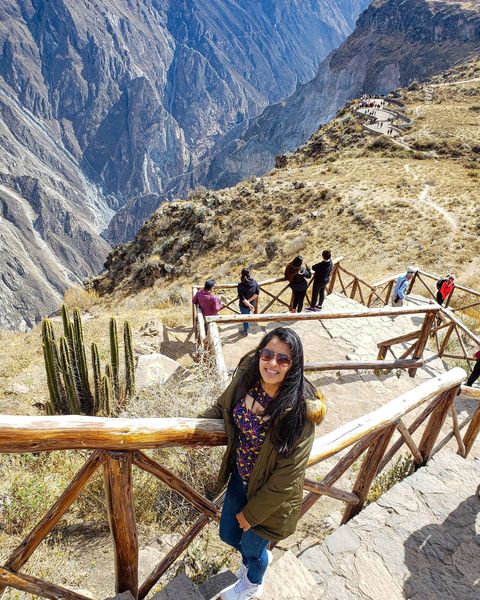
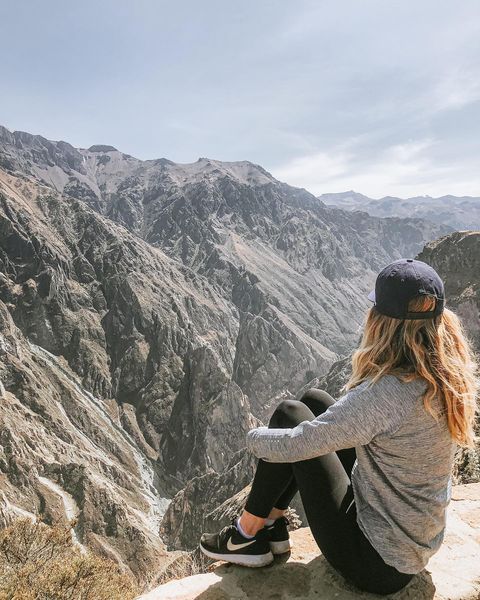
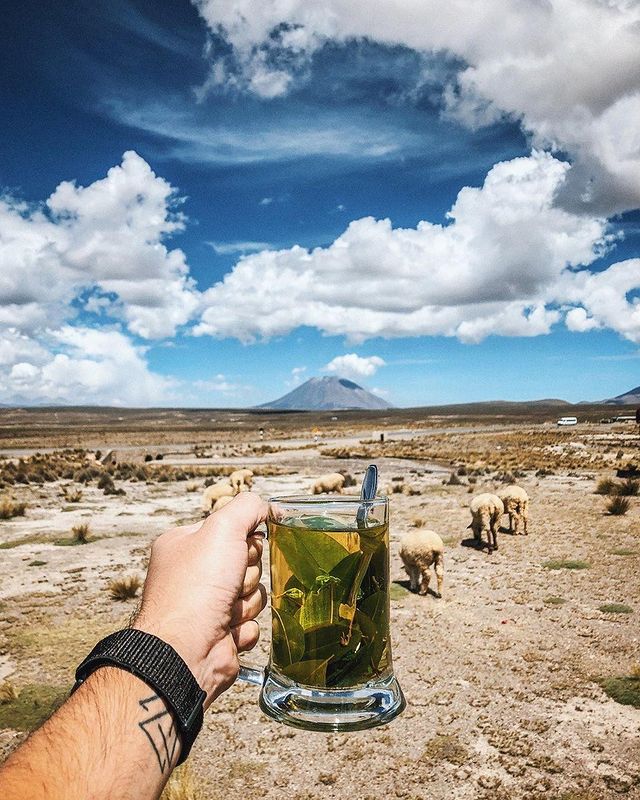
4.- Climbing the Misti Volcano
It is the most popular symbol of the city of Arequipa, the result of the eruptions of this volcano is the sillar, a white coloured stone, which was used in colonial times to build houses and which gives this place its light tone. Nowadays the Misti volcano is considered as active.
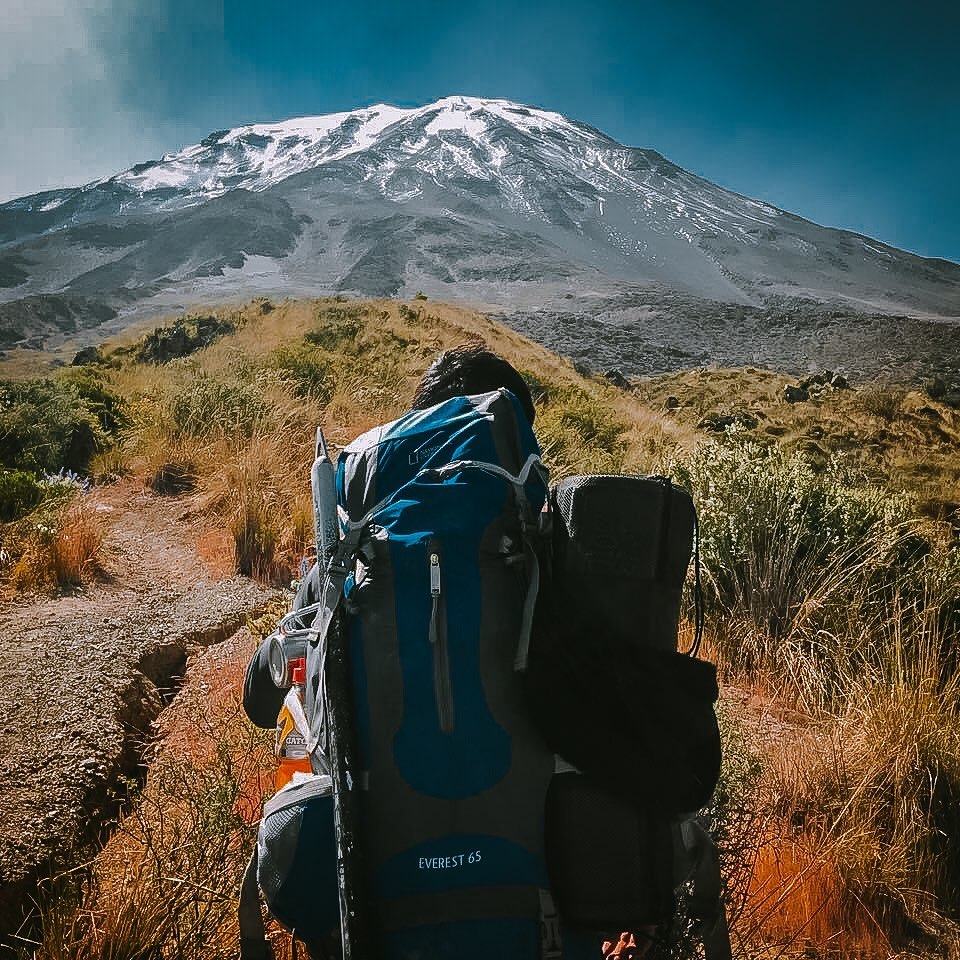
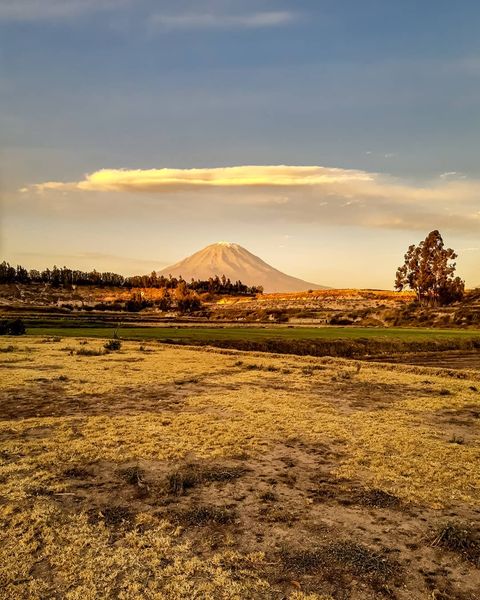
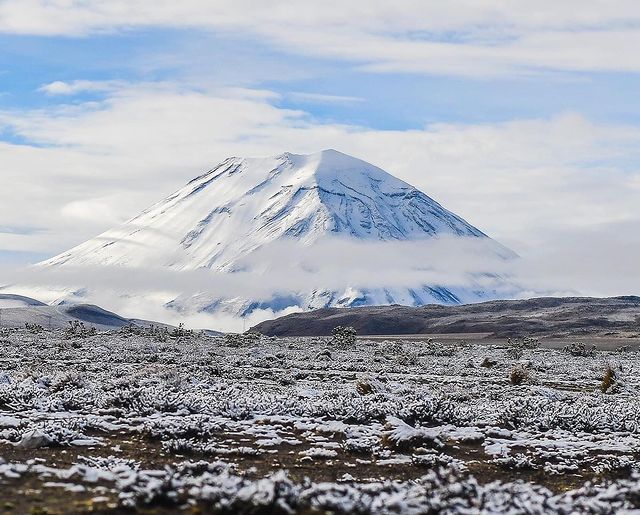
5.- National Reserve of Salina and Aguada Blanca
It was created in 1979 for the protection of the vicuñas. The area includes several volcanoes and snow-capped mountains such as Misti, Pichu Pichu, Chachani, Tacune and Ubinas, mountains and lagoons including the Salinas Lagoon, which is characterised by its brackish waters and is surrounded by peat bogs and wetlands.
